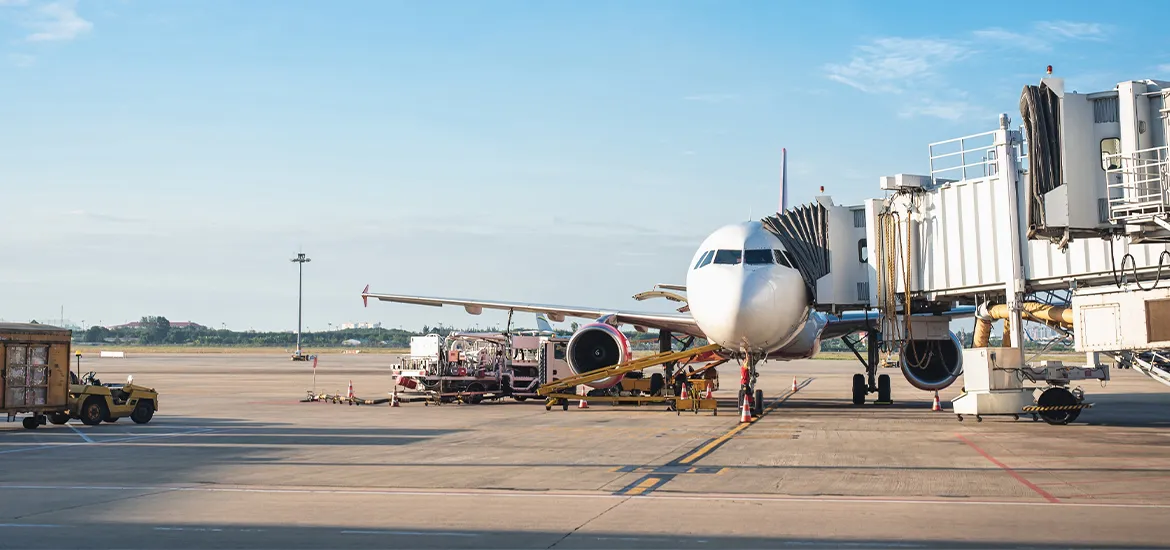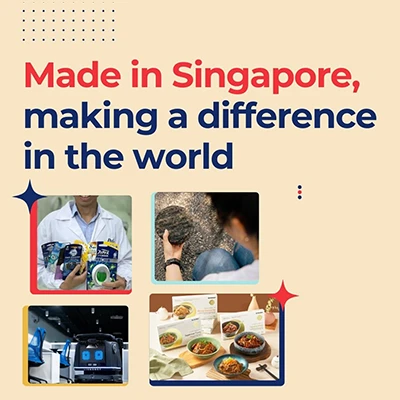In a first for aviation, Singapore company Nandina REM (Nandina) will recycle carbon fibre from retired aircraft for use in new aircraft.
While other companies already produce such recycled carbon fibre reinforced plastic (CFRP), this is typically of a lower quality than virgin carbon fibre and has not been used in new aircraft before.
Nandina announced the debut of its recycled carbon fibre material, which will be used for non-critical aircraft components as well as electric vehicles (EVs) on Monday (19 Feb) and it will be present at the Singapore Airshow 2024, which runs from February 20 to 25.
The company recycles materials from decommissioned aircraft and supplies them to the aviation industry.
It also has a platform for tracing the source, delivery, location, and uses of its recycled materials.
Nandina said its proprietary low-temperature, solvent-based process can reclaim large amounts of carbon fibre that retain the same mechanical properties as its virgin counterpart. These can be used for aircraft components such as seats and galleys.
This follows its October 2023 announcement of plans to recycle aluminium from aircraft into high-grade “low-carbon” aluminium. It is able to recycle all of the carbon fibre and most of the aluminium from aircraft.









